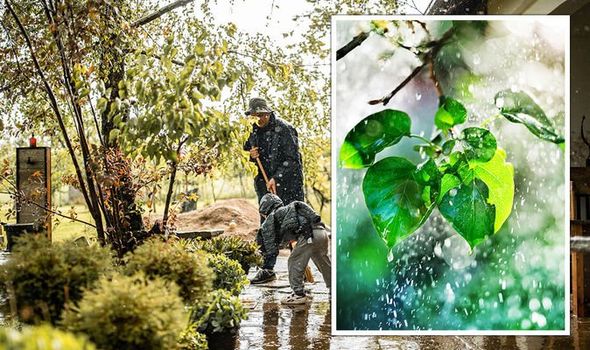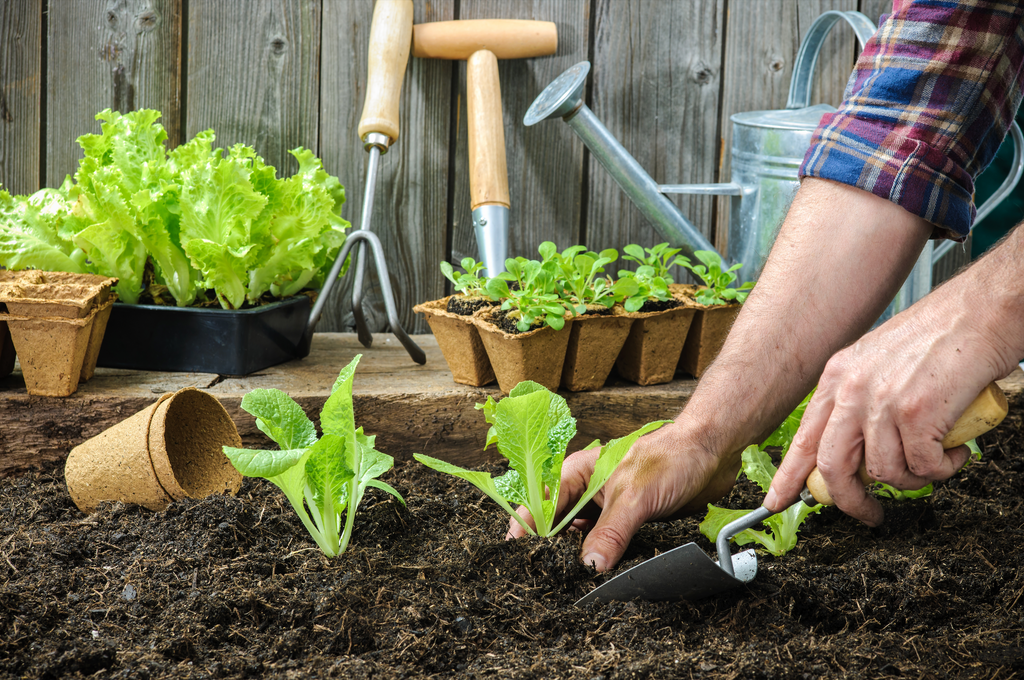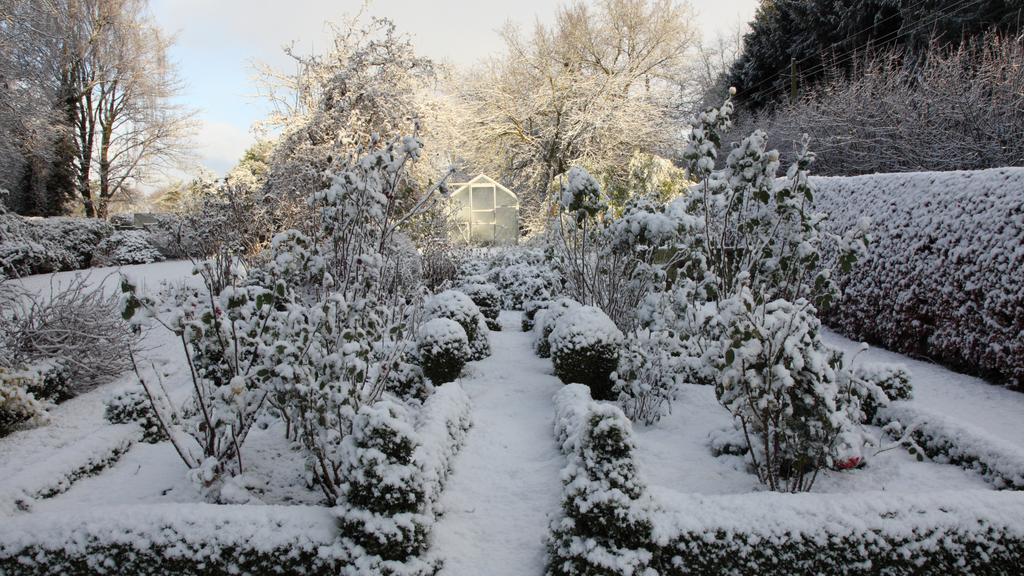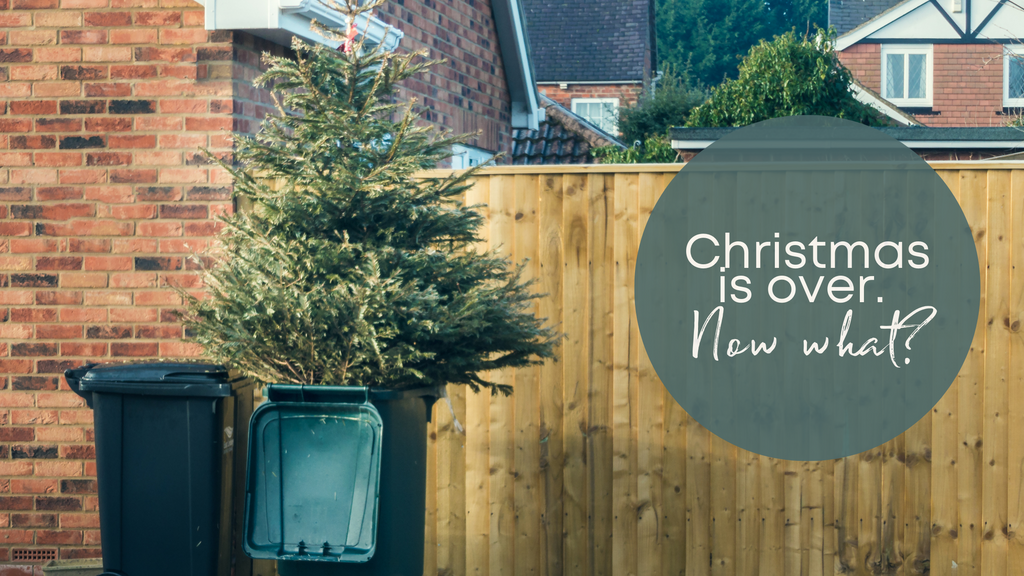
What should you be planting and sowing in October and November?

Many people think that autumn and the start of winter aren’t good times to be planting and sowing. However, the fact is that this is possibly one of the best times of the year to be doing the most of your gardening.
Although temperatures are dropping, the soil is still somewhat warm and wet. Soil that is not too hot and not too cold is perfect for planting and sowing. When winter comes around, the ground freezes, and you’ll have to wait until your soil warms up in spring to start planting again.
If you don’t start planting seeds in autumn, you can’t expect much of a flourish come spring.
So, what should you be planting and sowing this time of year to make your spring garden a beautiful one? Here are our top picks.
Perpetual spinach
Perhaps one of the easiest crops to plant seeds for this month is spinach beet perpetual. With smooth, tender and dark green leaves as well as a robust flavour, the only love and attention this plant needs is to pick the leaves regularly.
This is also a great choice if you’re working with smaller space, as it grows well in pots, planters, and containers.
Sow your perpetual beet spinach seeds at one inch deep in rows 12 inches apart. As the seedlings grow, you can thin them out to nine inches apart. This will give you happier, healthier, and juicier plants.
By plucking its leaves regularly, you’re preventing the plant from running to seed too early.
They have a long harvesting period ranging from late summer to early winter.
Winter flowering pansies
There’s no need to wait for spring for beautiful blooms with our pansy winter flowering (viola wittrockaina). You can plant the seeds now and experience shades of red, bronze, yellow, and cream as early as winter. If you’d like to sow them indoors, it’s best to wait until April or June next year.
Space these seeds out in rows at about four to six inches apart, and you’ll have stunning bursts of colour flowering between October and April.
Winter salads
The hardier varieties of winter salads will need to be sown and cared for now if you want to enjoy luscious crops during the winter months.
Our cress curled seeds can be planted now as they grow quickly and easily and can be sown indoors all year round.
You’ll want to plant seeds of this variety by sprinkling them generously onto the soil and keeping them moist. They’re ready to harvest when they reach around five centimetres tall.
If you’ve got children who you’d like to encourage to garden a bit more, cress and other winter salads are ideal for getting them started.
Onions and shallots
Typically one of the easiest crops to sow and grow, these cooking staples pretty much look after themselves.
If you plant seeds for onions and shallots now, you’ll have delicious crops ready for harvesting in the summer months.
Your onions and shallots will need a sheltered spot with fertile, well-drained soil to flourish. You may want to mix a little compost in with your soil when you plant seeds of this variety.
Our onion white Lisbon is quick to grow tasty spring onions and can be harvested between March and July next year.
Garlic
Much like onions, garlic is an easy crop to grow. It requires a chilling period in order to grow, so they’re perfectly suited to be planted now just before the early frosts set in.
If you plant garlic now, there will be a bit of a wait but, come summer, you’ll have plenty to harvest and liven up your favourite dishes.
You can prepare your soil the same way you would with onions and plant individual cloves so that the tips are one inch below the surface. The cloves will grow best if they are six inches apart and your rows are 12 inches apart.
Broad beans
Sewing seeds for broad beans in November will result in a lovely crop next summer. These seeds take about two to four weeks to germinate, and then they’ll overwinter during the coming colder months. In spring, you’ll see them start to grow again as the temperature gets warmer.
You may want to protect your broad beans with gardening fleece or insect-proof mesh for the winter period.
Our broad bean bunyards exhibition seeds are known for producing heavy crops of crisp beans bursting with flavour. These can also be frozen for convenience.
You’ll want to plant seeds for broad beans three centimetres deep in a growing bed and do so in double rows with a space of 25 centimetres between each row. Be sure to keep your soil moist.
If you’re wondering if you should be gardening in October and November, the answer is yes! There’s plenty to plant and sow this time of year to ensure your spring and summer crops are just perfect. Browse our range of seeds and growing kits on our website to get started with your October and November sowing.








